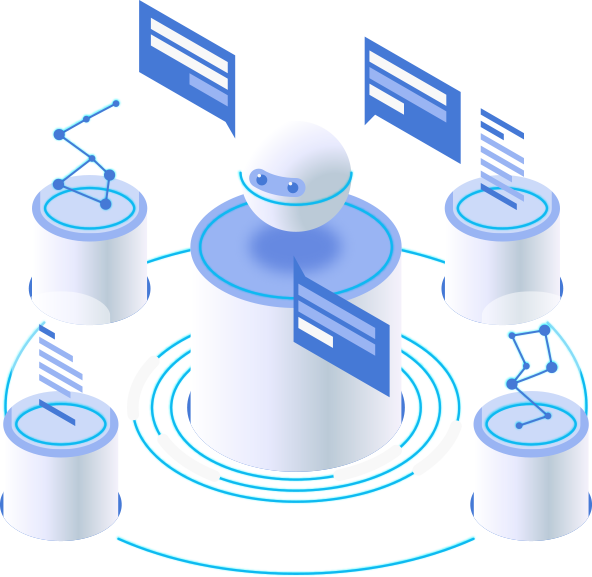Voice AI Chatbots: Bridging Realms of Conversation and Technology in 2024
Voice AI chatbots have traversed an incredible journey since their inception, revolutionizing the way we interact with technology. As we step into 2024, the landscape of conversational AI has evolved exponentially, redefining user experiences across various domains.
1. Advanced Natural Language Processing (NLP) Capabilities
The breakthroughs in NLP have empowered voice AI chatbots with remarkable accuracy in understanding various languages, dialects, and even colloquial expressions. Deep learning models, such as transformer-based architectures, have significantly improved language understanding and generation. The ability to comprehend complex queries and extract meaning from unstructured data has been a game-changer, enabling more human-like conversations.
2. Contextual Understanding and Seamless Conversations
Voice AI chatbots now possess the ability to maintain context over extended dialogues, allowing for smoother, more coherent interactions. They can remember past conversations, recall user preferences, and adapt responses based on the ongoing discourse. This contextual awareness facilitates a more natural flow of conversation, eliminating the need for repetitive input and enhancing user satisfaction.
3. Multimodal Capabilities and Accessibility
The integration of multimodal capabilities enables users to interact with voice AI chatbots through various mediums, including voice, text, images, and gestures. This versatility enhances accessibility for individuals with diverse needs, making the technology more inclusive. For instance, users can provide visual references during a conversation, aiding in tasks like shopping or troubleshooting.
4. Personalization and Predictive Insights
Voice AI chatbots leverage machine learning algorithms to analyze user data and behavior, providing personalized recommendations and predictive insights. They can suggest relevant products, services, or information based on individual preferences, browsing history, and past interactions. This level of personalization enhances user engagement and satisfaction.
5. Industry-Specific Applications
In healthcare, voice AI chatbots assist in symptom analysis, medication reminders, and telehealth consultations, contributing to improved patient care. Retailers employ chatbots to offer personalized recommendations, streamline the shopping experience, and provide customer support. Finance sectors utilize them for secure transactions, financial advice, and account management. Education benefits from interactive learning experiences and personalized tutoring.
6. Privacy and Ethical Considerations
The growing use of voice AI chatbots raises concerns about data privacy and ethical usage. Stricter regulations and frameworks ensure compliance with data protection laws. Emphasis is placed on transparent data collection, user consent, secure storage, and ethical use of data to maintain user trust and confidentiality.
7. Advancements in Emotional Intelligence
Voice AI chatbots are becoming more adept at recognizing emotions by analyzing speech patterns, intonation, and contextual cues. This emotional intelligence allows them to respond with empathy, providing appropriate support or assistance based on user sentiment.
Future Implications and Challenges
Despite significant advancements, challenges persist, including addressing biases in AI models, ensuring data security, and refining conversational abilities further. The future of voice AI chatbots holds promise for continued innovation, potentially integrating with augmented reality (AR) and virtual reality (VR) environments, leading to even more immersive and interactive experiences.
Conclusion
The year 2024 marks a significant milestone in the evolution of voice AI chatbots. Their integration into various facets of daily life has redefined human interactions with technology. As these chatbots continue to advance in sophistication, they hold the potential to further revolutionize our experiences, offering more intuitive, personalized, and interconnected solutions across diverse domains.

